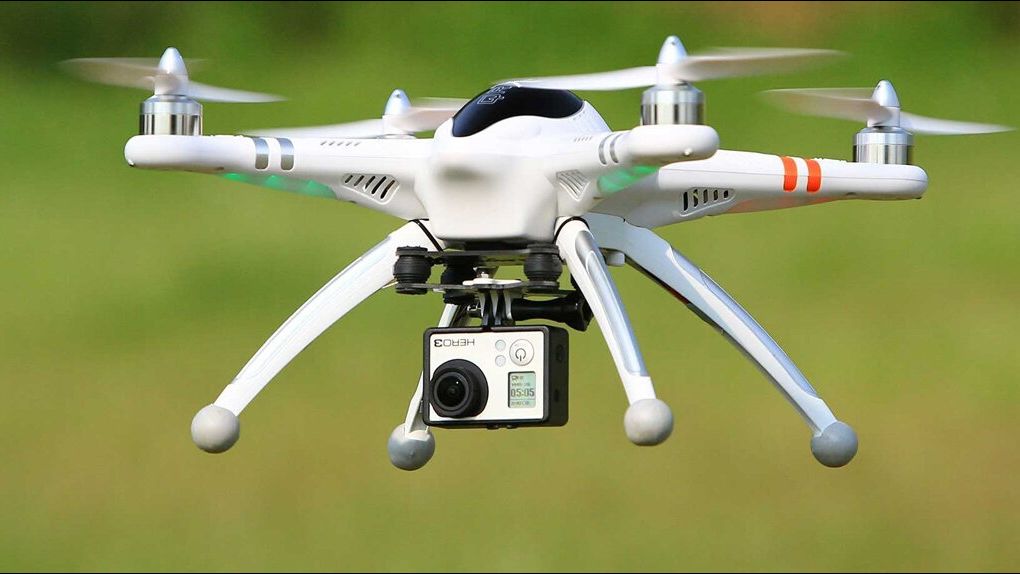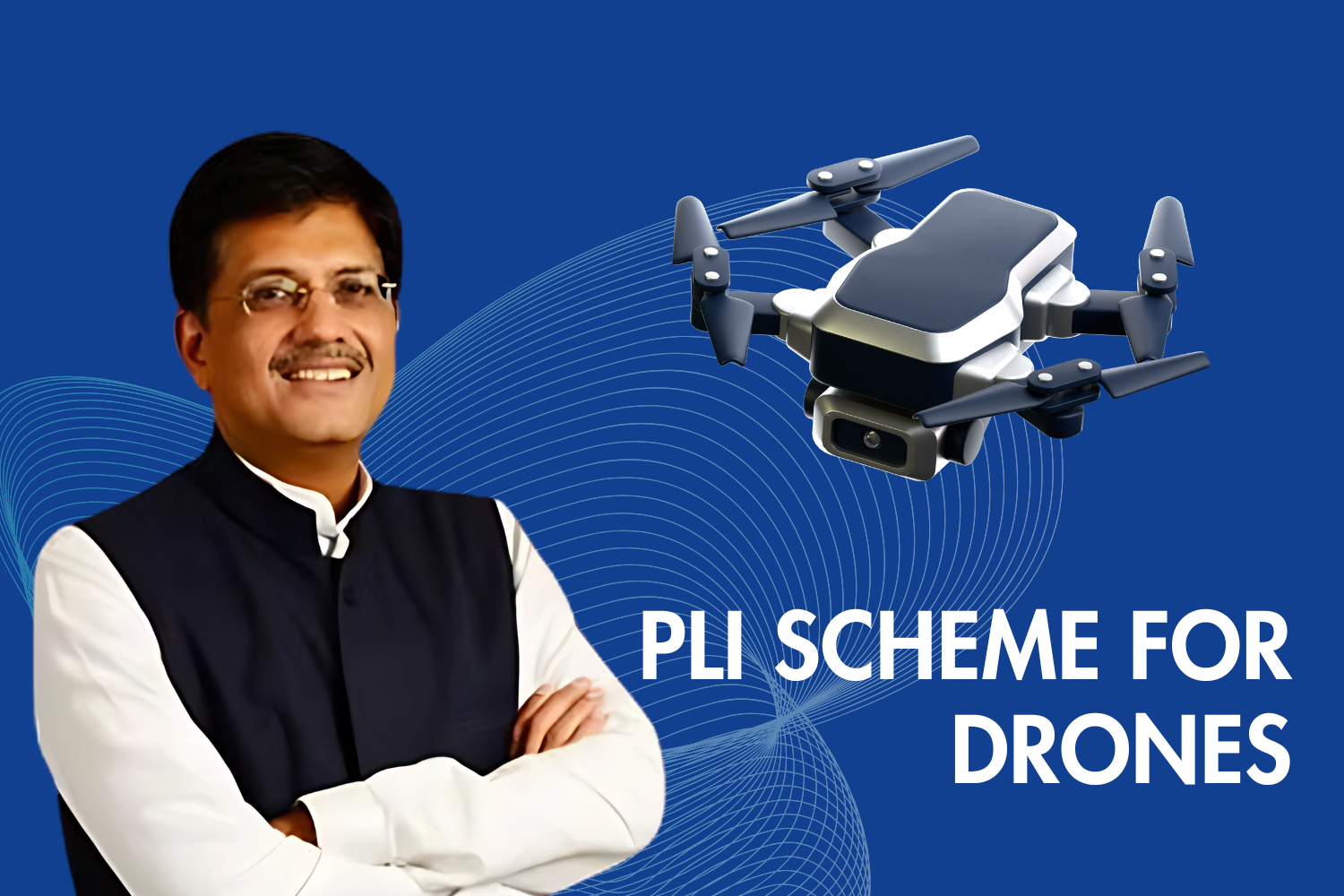India's drone sector is on the brink of transformation with the government’s announcement of an improved Production-Linked Incentive (PLI) scheme. Following the success and lessons from the first PLI scheme launched in 2021, which allocated ₹120 crore, this new version promises to cater to the unique needs of startups and MSMEs while addressing the broader market demands.
Why the Drone Sector Needs a Boost
Drones are quickly becoming indispensable across industries—from agriculture and logistics to defense. Recognizing the immense potential, the Indian government is taking bold steps to strengthen domestic innovation in the drone space. This new PLI scheme is expected to provide not only financial incentives but also simplify processes, making it more accessible for startups and MSMEs to scale their operations.

Learning from the Past
The first iteration of the PLI scheme, though well-intentioned, presented several challenges. Here's what went wrong:
- Complex Documentation: Many startups and MSMEs found the procedures too cumbersome to navigate.
- Limited Inclusivity: The earlier scheme leaned more towards larger players, leaving small enterprises struggling to meet the eligibility criteria.
Civil Aviation Secretary Vumlunmang Vualnam acknowledged these shortcomings, stating that the government would aim for "a more efficient PLI scheme in terms of implementation, documentation, and processes adopted"
Key Features of the New PLI Scheme
The new scheme will address these gaps while laying a solid foundation for future growth. The government is working on:
- Increased Budget: The new outlay is proposed to be ₹1,000 crore, a significant increase aimed at fostering indigenous drone development Inshorts - Stay Informed NewsDrum.
- Market Segmentation: Recognizing the diverse applications of drones, the government has segmented the market into:
- Civilian use (e.g., agriculture, logistics)
- Defense and security use (e.g., border surveillance)
- Countermeasures for unregulated or rogue drone activities PSU Watch.
Empowering Rural Entrepreneurs
A standout initiative linked with the PLI scheme is the Namo Drone Didi Scheme. This program aims to distribute agricultural drones to women-led self-help groups in rural areas.
- 15,000 drones to be distributed: The first batch of 1,000 has already been delivered, with tenders ready for 3,000 more NewsDrum.
- This move empowers rural women to become entrepreneurs in agriculture by utilizing drone technology for precision farming and increased yields.
Indigenous Development: A Priority
The push for local manufacturing is not just about creating jobs; it’s also about ensuring security. As Major General C.S. Mann of the Army Design Bureau pointed out, "We need to have truthfulness in the claims of indigenous capabilities... Only then will we be able to address the challenges"
This call for more transparent indigenous development aligns with India’s broader Make in India initiative, which aims to reduce dependency on foreign imports and boost self-reliance in critical technology areas like defense.
Addressing Rogue Drones
The government is acutely aware of the risks posed by unregulated drone use. With increasing incidents of rogue drone activity, there is a growing need for counter-drone technologies:
- Inclusion in the PLI Scheme: The government is exploring options to incentivize the development of counter-drone systems through the PLI schemeInshorts - Stay InformedNewsDrum.
- By including these technologies, the scheme addresses both the opportunities and risks posed by drones, ensuring a balanced approach to innovation and security.
Conclusion: A Balanced Approach to Growth
The enhanced PLI scheme promises to propel India’s drone sector to new heights by supporting startups, simplifying processes, and focusing on indigenous development. By empowering rural entrepreneurs and addressing security concerns, the government is laying the groundwork for a sustainable and innovative future in drone technology. This is not just about boosting the economy but also about positioning India as a global leader in drone innovation.
